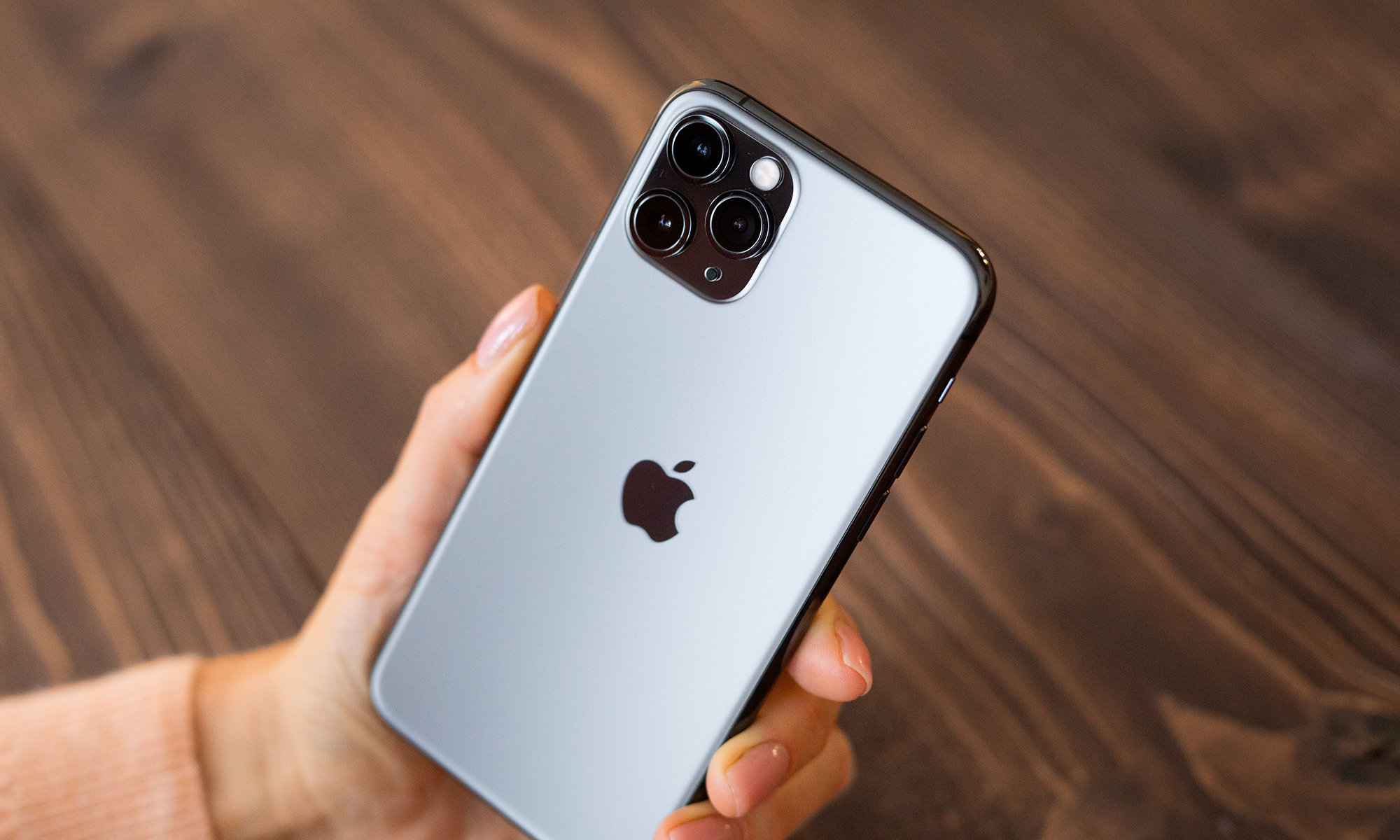Cowen's Timothy Arcuri recently published a note discussing Apple's (AAPL 0.34%) potential new 4-inch iPhone, reportedly slated to launch next year alongside the new "larger" iPhones. While this is still an unconfirmed rumor, and Arcuri's note seemed to imply that such a phone is a possibility rather than a definite, it's worth looking at what the specifications of such a device could look like.
Setting the stage
The following table lists key hardware specifications for the iPhone 5s and the iPhone 6, giving a lower and upper boundary for what components this potential new 4-inch device could pack:
| Component |
iPhone 5s |
iPhone 6 |
|---|---|---|
|
SoC |
Apple A7 |
Apple A8 |
|
Display |
4-inch 1136-by-640 |
4.7-inch 1334-by-750 |
|
Wi-Fi |
802.11n + Bluetooth 4.0 |
1-by-1 802.11ac + Bluetooth 4.0 |
|
Cellular |
100 Mbps cat. 3 LTE |
150 Mbps cat. 4 LTE-Advanced |
|
RAM |
1GB |
1GB |
|
Camera |
8MP rear facing with 1.5 um pixels, 1.2MP f/2.4 front facing |
8MP rear facing with 1.5 um pixels, 1.2MP f/2.2 front facing |
Source: AnandTech.
In moving from the iPhone 5s to the iPhone 6, Apple's notable enhancements included a faster processor, larger display with better contrast ratio (according to Apple's own spec page), much faster Wi-Fi and cellular, and an improved camera subsystem.
What should the new 4-inch iPhone include?
By the time this reported "new" 4-inch iPhone launches, the iPhone 6 will be a generation old. I expect that for the next generation of iPhone 6 phones, Apple will probably upgrade to a 300 Mbps-capable LTE-Advanced modem, increase memory from 1GB to 2GB, and revamp the camera subsystem (at least if this source is accurate).
I expect that if the "new" 4-inch phone will be priced at $99 on two-year contract for the 16-gigabyte version, the upgrade will look something like this:
| Component |
2015 4-Inch iPhone |
|---|---|
|
SoC |
Apple A8 |
|
Display |
4-inch 1136-by-640 |
|
Wi-Fi |
802.11n + Bluetooth 4.0 |
|
Cellular |
100 Mbps cat. 3 LTE-Advanced |
|
RAM |
1GB |
|
Camera |
8MP rear facing with 1.5 um pixels, 1.2MP f/2.4 front facing |
Source: author estimates based on Apple device specifications.
In other words, I think Apple will use largely the same components as the iPhone 5s, with the exception of the inclusion of the more powerful A8 processor. The A8 should be a relatively cheap way to deliver more performance in a tight thermal envelope. The A8 should also allow for improved camera functionality and performance even if the sensor remains unchanged.
On the connectivity/cellular side of things, I'm being conservative because I'm not sure whether Apple will upgrade those items in the coming flagship iPhones (Apple didn't upgrade them in going from the iPhone 5 to the 5s). If Apple upgrades the cellular and/or Wi-Fi in the new flagship phones from the iPhone 6 and 6 Plus, then a bump up to iPhone 6 level of cellular and connectivity would make sense.






